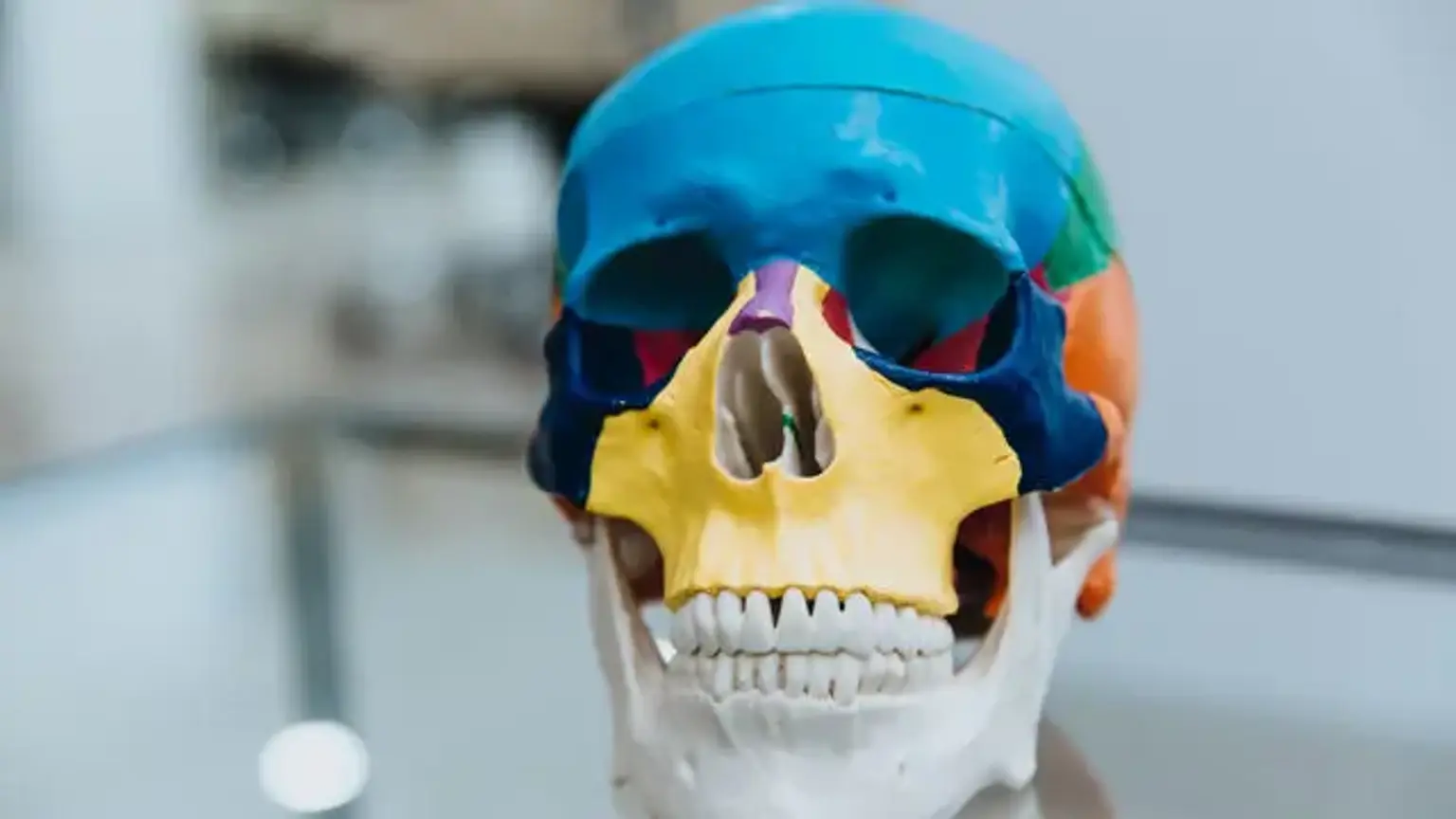Skull Base Surgery
The face and the cranium, which enclose the brain, are made up of bones and cartilage that make up the skull. On top of the skull, you can touch the craniums' bones. The eye socket, the roof of the nasal passage, some sinuses, and the bones that encircle the inner ear are all formed by the five bones that make up the bottom, or base, of the cranium. The base of the skull is a dense and complex location with numerous openings through which the spinal cord, numerous blood vessels, and nerves all travel.
Noncancerous and cancerous growths, as well as anomalies on the underside of the brain, the skull base, or the top few vertebrae of the spinal column, may be removed during skull base surgery. Skull base surgery may be performed using a minimally invasive endoscopic approach because this is such a challenging place to view and reach. The surgeon introduces instruments into the skull through natural openings such as the nose or mouth, or a small opening just above the brow. ENT surgeons, maxillofacial surgeons, neurosurgeons, and radiologists are among the professionals needed for this procedure.
The only option to remove growths in this part of the body before endoscopic skull base surgery was to make an incision in the skull. This type of surgery may be required in some circumstances.
